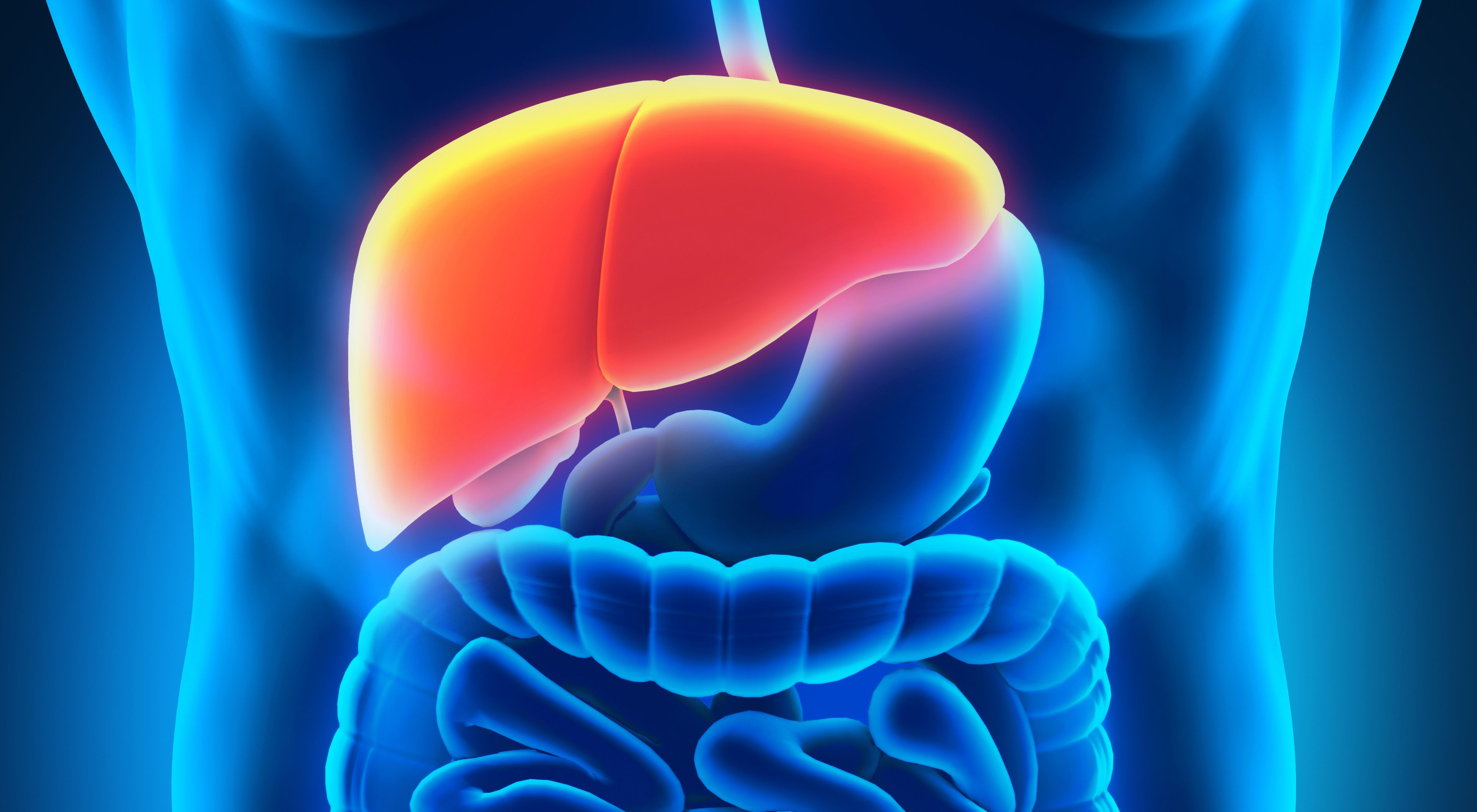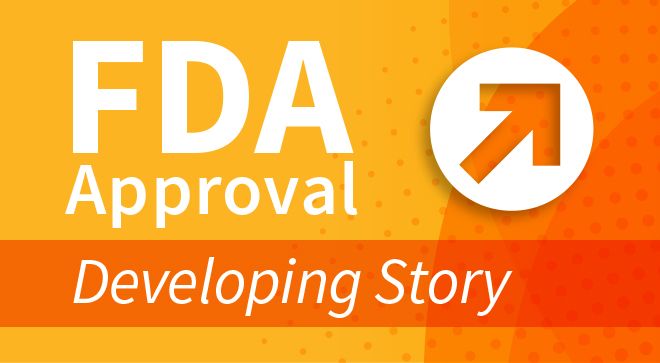Article
Obesity and Smoking May Raise the Risk of Cholangiocarcinoma; Statins May Help to Prevent it
Author(s):
A lot is still unknown about the causes of cholangiocarcinoma, because this type of cancer, which affects the bile ducts inside or outside the liver, is so rare.
A lot is still unknown about the causes of cholangiocarcinoma, because this type of cancer, which affects the bile ducts inside or outside the liver, is so rare. That has made it difficult for researchers to study enough cases to uncover trends — until now.
Scientists around the globe are sharing study information so that larger numbers of cholangiocarcinoma cases can be evaluated. Findings based on that data answer questions about possible risk factors such as obesity and smoking, and shed some light on potential preventive strategies. Some of these results were discussed Jan. 30 during the Cholangiocarcinoma Foundation’s annual conference by Jill Koshiol, Ph.D., an investigator with the Infections and Immunoepidemiology Branch of the National Cancer Institute.
She presented information spanning several cancer types of the biliary tract: intrahepatic cholangiocarcinoma (ICC), which occurs inside the liver; extrahepatic cholangiocarcinoma (ECC), which occurs outside the liver; gallbladder cancer (GBC); and ampulla of vater cancer (AVC), which occurs where the bile duct meets the pancreatic duct.
“In general, we just don’t have a good grasp of the causes of these cancers, and that’s in part because these cancers are rare in most parts of the world,” Koshiol said: For every 100,000 people, .7 cases of AVC and 1.6 cases of GBC are expected to arise.
Still, there’s increasing interest among scientists in understanding cholangiocarcinoma, because the rates of ECC are increasing in the United States, even as rates of GBC are dropping, especially among women and people over age 45, Koshiol said. The risk of GBC is higher in non-Hispanic blacks and young adults ages 18 through 45, she said, and the risk of AVC is also rising among younger people.
A possible reason is obesity, which affects blacks more than non-Hispanic whites and is increasing among children. “We are currently experiencing an epidemic of obesity,” Koshiol said, adding that, compared with other countries, the United States has one of the highest proportions of cancers linked to obesity.
This hypothesis was considered using data from the Biliary Tract Cancer Pooling Project (BiTCaPP), put together by Koshiol, which merged the results of 28 prospective studies conducted around the world. The studies enrolled people who did not have biliary tract cancers and then tracked which subjects developed them and what might have increased their risk. In all, 2.8 million participants, including about 4,500 who developed biliary tract cancers, were studied, Koshiol said.
The study of obesity found that it was associated with a twofold increase in the likelihood of getting ICC and an approximate 1.3-fold risk of ECC. Obesity also increased the risk of developing gallbladder cancer, but didn’t seem to affect the chance that someone would develop AVC, Koshiol said.
“The risk seems to decrease as you move away from the liver and gallbladder,” she said. “We think perhaps that that may be a reflection of the association between obesity and fatty liver disease, as well as gallstones in the gallbladder, but this is something we still need to dig into to understand this better.”
Also evaluated in the study was the effect of smoking on the development of biliary cancers. Smoking increased the risk of ECC and AVC about twofold compared with the risk in never smokers. It increased the risk of ICC about 1.4 times and the risk of gallbladder cancer not at all, Koshiol reported.
“Smoking has a different impact at different points in the biliary tract,” she said. “Yet, we don’t really understand why.”
Previously determined risk factors for cholangiocarcinoma include liver flukes — common in Asian countries — hepatitis B and C, cirrhosis, primary sclerosing cholangitis and biliary stones, Koshiol said.
Another risk factor for biliary cancers in general is hyperlipidemia, or high cholesterol, and knowing that has led her and colleagues to uncover a potential preventive measure, she said.
Their study using information from the United Kingdom Clinical Practice Research Data Link considered whether the use of statins — drugs that lower cholesterol and inflammation — helps to prevent biliary cancers. The study included 3,000 people with biliary tract cancers and 16,000 subjects who did not have these cancers. It found that people who took statins faced a 10 percent decreased risk of these diseases compared with those who never took statins. The advantage was even greater in people who’d been prescribed statins more often or who took higher doses, Koshiol said. The findings held up even after researchers adjusted for other factors that could have skewed the results: body mass index, smoking, alcohol use and diabetes.
Additional studies will be needed to confirm the findings, she said. She and colleagues are studying this using U.S. data, and a study being conducted with Swedish data is showing results similar to the one that used U.K. data.
This work is encouraging because it suggests “that statins truly do have the potential to reduce risk from biliary tract cancers, and that’s exciting, because it means that there might be a possibility here for chemoprevention in areas that have high risk of biliary tract cancers or among people who may be predisposed to biliary tract cancers,” Koshiol said. “There are a lot of challenges involved with prevention and there’s a lot of work to do yet, but it’s encouraging and nice to have that little bit of hope.”
Future collaborations between researchers should include the establishment of biorepositories of tumor tissue and blood from people with biliary tract cancers, Koshiol suggested. This will allow further large-scale study of these rare diseases.




